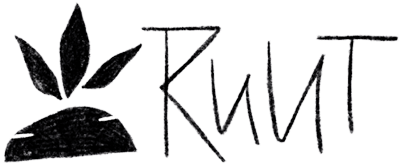"The aim of this way of life is the recovery and lasting health of our body"
The Taíno were an Arawak people of the Greater Antilles whose origins lay in present-day Venezuela. On the Caribbean islands, after the arrival of the Spaniards, they suffered severely from slavery and diseases introduced by the conquerors, against which they had no immune defenses. They would have been almost completely extinct.
However, in the rural population, their culture was preserved through the "connection" with Europeans and slaves, and so parts of the Taíno culture such as special forms of agriculture, architecture and even religious practices have been preserved in remote regions.
During his discoveries, Christopher Columbus described the Taíno as one of the friendliest and most generous peoples.

The Taíno were primarily farmers. Their main crops were yuca (manioc), corn, sweet potatoes (sweet potatoes), peanuts, pineapples, beans, ají (Capsicum baccatum) and tobacco. They made flour from the yuca roots, from which they baked thin cakes called casabe on round clay plates.
This Casabe is still known in rural areas today. Without yeast, it can be preserved wonderfully flat and dry for a long time. Before the arrival of the Europeans, this bread was one of the staple foods of the Native Americans.

The Taínos also transmitted us through their language some words and descriptions of various things that have survived to this day. Among other things, these things include the hammock (hamaca in Spanish), hurricane, tobacco, corn, cassava (manioc in English), papaya, canoe, pineapple or even barbecue.
In Puerto Rico they left stone and rock paintings as well as excavations reminiscent of animal and plant species. According to this old custom, we have included some typical representations in our packaging design.







